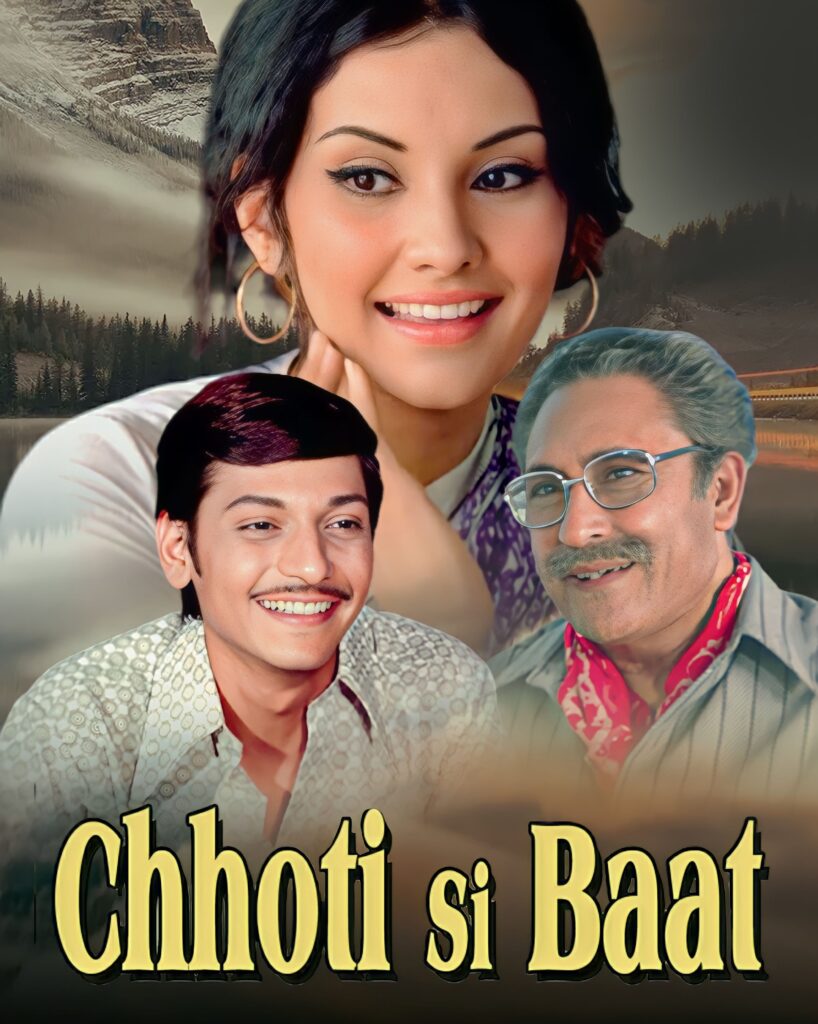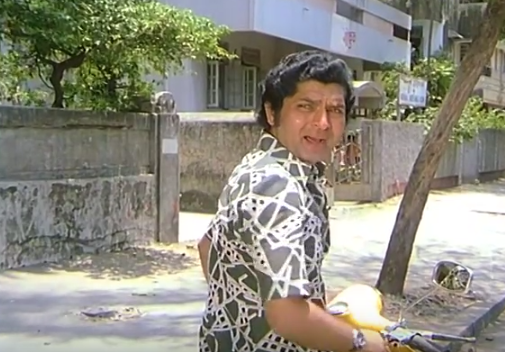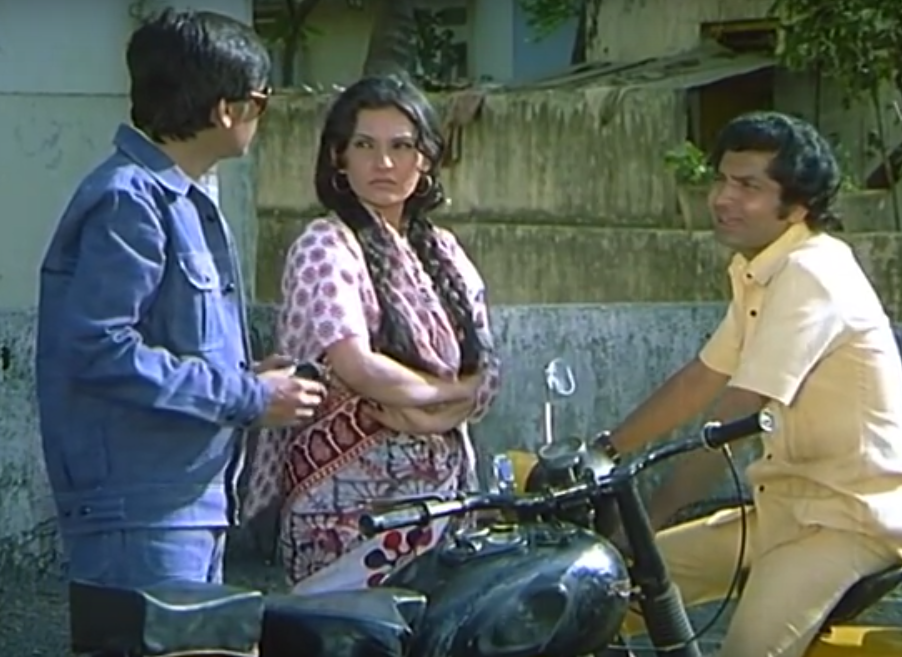Chhoti Si Baat was a delightful ensemble, elevated by Amol Palekar’s shy charm, Vidya Sinha’s graceful warmth, and Ashok Kumar’s sage wit. Amid this gentle brilliance, Asrani’s flamboyant Nagesh provided the perfect comic contrast, making the film both tender and hilariously memorable, writes RAO NARENDER YADAV
The first time I saw Asrani on screen wasn’t in Sholay, where he immortalized the eccentric jailer with his iconic “Angrezon ke zamaane ke jailer” line. Nor was it in Guddi or Bawarchi, where his comic brilliance shone through effortlessly. It was in Basu Chatterjee’s Chhoti Si Baat (1975), a film that remains etched in my memory not just for its gentle charm, but for Asrani’s unforgettable portrayal of Nagesh. Of all his roles, that one remains my absolute favorite.
Born Govardhan Asrani in Jaipur in 1941, his journey began as a voice artist at All India Radio (AIR), but destiny had bigger plans. In 1962, he moved to Mumbai, and an accidental meeting with the legendary filmmaker Hrishikesh Mukherjee led him to the Film and Television Institute of India (FTII). There, he refined his craft and graduated in 1966, setting the stage for a cinematic career that would span over five decades and more than 350 films.

What always captivated me about Asrani was his remarkable range. Though widely celebrated for his comic flair, he was far more than a funny man. He could be tender, dramatic, and deeply moving when the role demanded. In Abhimaan, he played the composed and thoughtful manager to Amitabh Bachchan’s character. In Guddi, he was the earnest aspiring actor Kundan. And of course, in Sholay, he became a household name. Yet it was in Chhoti Si Baat that I saw a different side of him—one that was hilariously exaggerated, yet oddly touching. Nagesh, the character he played in Chhoti Si Baat, was a man brimming with bravado and delusion.
He strutted through Bombay in bell-bottoms and tinted sunglasses, armed with cheesy one-liners and a misplaced sense of charm, all in pursuit of Prabha. What made the role so memorable wasn’t just the clever writing—it was Asrani’s total embodiment of the character. He didn’t merely act; he transformed into Nagesh. His exaggerated mannerisms, flamboyant gait, and impeccable comic timing were spot-on. I remember laughing uncontrollably at his scenes, yet feeling a strange fondness for this man so blissfully unaware of his own absurdity.



And he wasn’t alone in making Chhoti Si Baat the gem that it is. The film sparkled with performances from Amol Palekar, whose portrayal of the shy and awkward Arun was both endearing and relatable; Vidya Sinha, who brought grace and warmth to the role of Prabha; and the legendary Ashok Kumar, fondly known as Dadamoni, whose turn as the wise and witty Colonel Julius Nagendranath Wilfred Singh added a layer of gentle mentorship to the story. Together, they created a world that felt intimate and real, and Asrani’s Nagesh stood out as the perfect comic counterpoint to their subtlety.
Beyond acting, Asrani was also a director and educator. During his early years in Mumbai, he taught at FTII, nurturing the next generation of performers. He directed a handful of films, though they met with mixed success. But his true legacy lies in the joy he brought to audiences. His passing on October 20, 2025 at the age of 84 felt like the closing of a cherished chapter. For me, it was as if a piece of my childhood had quietly slipped away. I grew up watching his films, laughing at his antics, and marveling at his ability to turn even the simplest scene into something unforgettable. In a world that often forgets to laugh, Asrani reminded us of the beauty in absurdity, the charm in eccentricity, and the magic of a well-timed punchline. His legacy lives on in the countless characters he brought to life, but for me, it’s Nagesh from Chhoti Si Baat who stands tallest. That character, with all its quirks and flaws, distilled the essence of Asrani’s genius.
(Writer is director of Woodpecker International Film Festival)